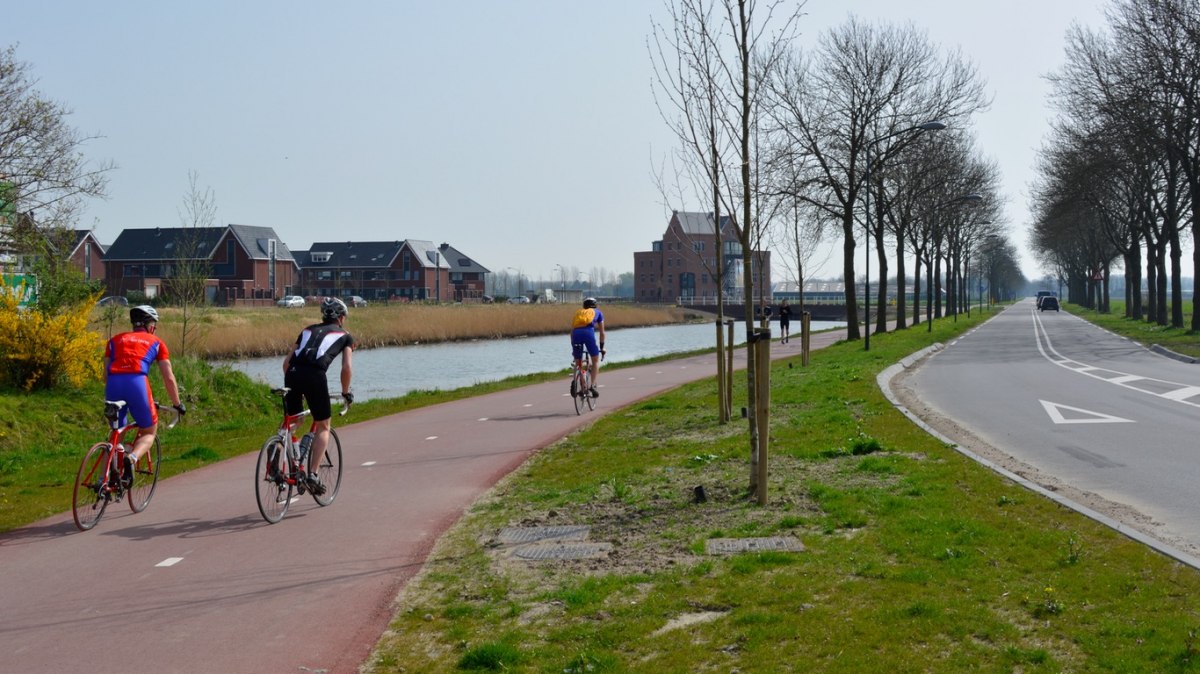Your cycling fallacy is…
“Cycleways and other facilities slow you down, to cycle fast you must use the road”
The response
Badly-designed cycling infrastructure may be unsuitable for efficient cycling, but well-designed cycling infrastructure will accommodate faster speeds. There is no fundamental reason why cycling infrastructure should not allow people to cycle fast and efficiently.
More importantly, good cycling infrastructure will make journeys quicker overall. It allows easy passage through streets clogged with motor traffic, and by prioritising cycling at traffic lights, allowing ‘free’ unsignalled turns, and unravelling cycling routes from motor vehicle routes (meaning no traffic lights at all), journeys can be made quicker and more efficient than an equivalent trip on the road network.
Creating high-quality cycling infrastructure – with elements like bus-stop bypasses – not only makes cycling journeys more comfortable, with less stopping and starting, but also reduces conflict with people using other modes of transport.

Fast cycling on good cycling infrastructure in Heusden, the Netherlands.
Photo by As Easy as Riding a Bike (Copyright, used with permission)
Further reading
-
 Unbundling modes
— BicycleDutch
Unbundling modes
— BicycleDutch
-
 Cycling past red lights; it’s often legal in the Netherlands
— BicycleDutch
Cycling past red lights; it’s often legal in the Netherlands
— BicycleDutch
-
 No, you are not ‘held up’ on Dutch cycle paths
— As Easy as Riding a Bike
No, you are not ‘held up’ on Dutch cycle paths
— As Easy as Riding a Bike
-
 Commuting speeds
— A View From The Cycle Path
Commuting speeds
— A View From The Cycle Path
-
 Cycling past red lights in the Netherlands
on YouTube
Cycling past red lights in the Netherlands
on YouTube
-
 Unravelling of modes
— A View From The Cycle Path
Unravelling of modes
— A View From The Cycle Path
-
 It's quicker by bike
— A View From The Cycle Path
It's quicker by bike
— A View From The Cycle Path
Deutsch
Are we missing a link to a great article on this subject? Click here to let us know!
